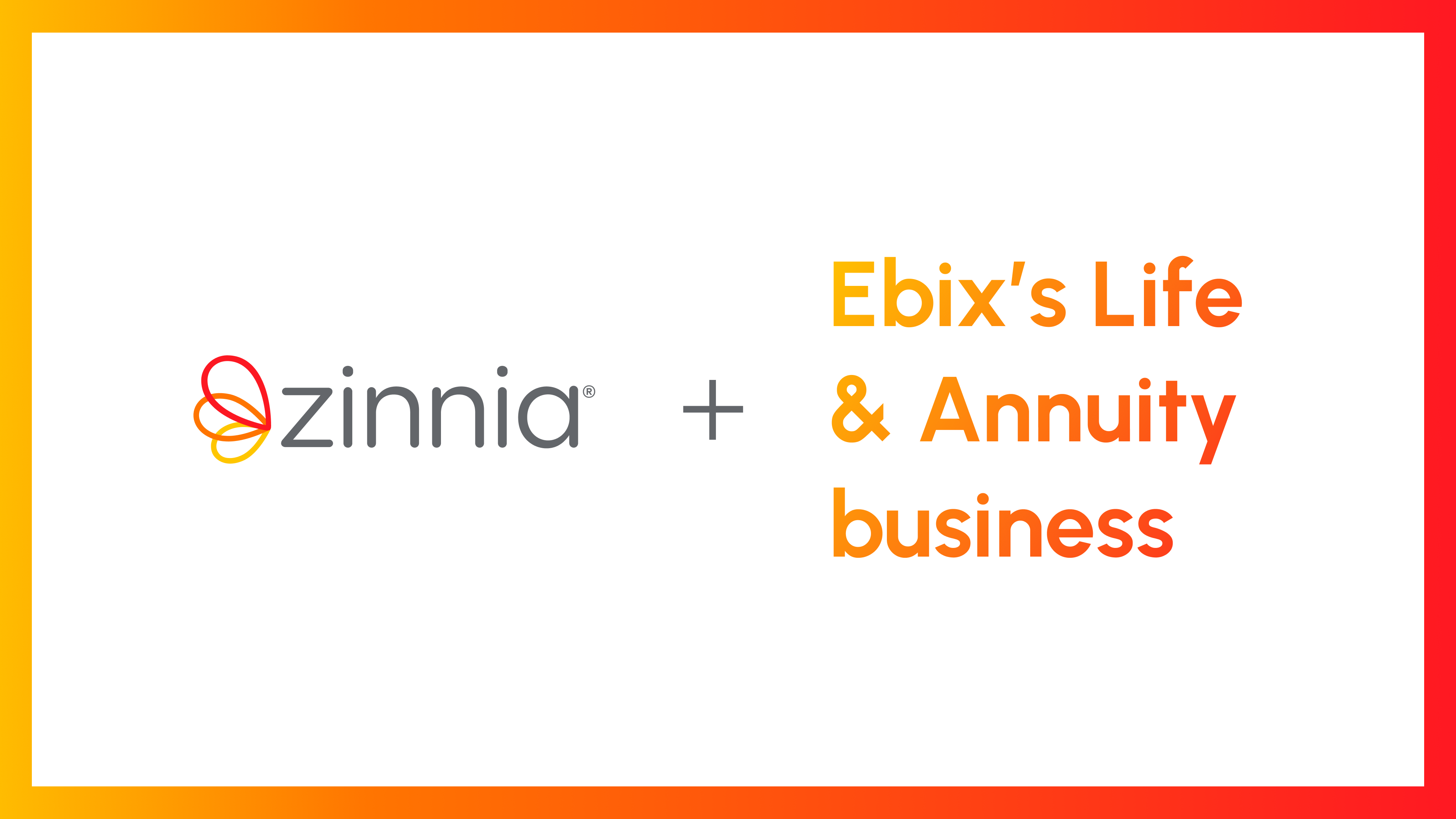As the chief information officer for Everly Life, Dustin Stejskal thinks a lot about the first mover advantage. “We’re not well-known in the insurance space, but we’re thinking differently about how we can make an impact,” Stejskal says. For a new carrier like Everly (the company launched in 2021), speed to market is a north star. “Opportunities in the market only stay around for so long. We see rate adjustments, we see swings, we see consumer sentiment ebb and flow, and as you see a market target, you want to capitalize on it quickly. We want to be first to market as soon as the need materializes.”
Later this year, Everly will launch the first indexed universal life (IUL) product built end-to-end on Zahara, Zinnia’s next-generation system of record built on distributed ledger technology. Zinnia talked with Stejskal about how Zahara is helping Everly fulfill its mission to create radically transparent, consumer-first insurance.
Zinnia: Everly has a strong consumer focus. What was something that surprised you when you first started exploring the problem of how to meet consumer needs in the insurance industry?
Dustin Stejskal: I come from a retail background, which is very consumer-focused. I worked for Payless ShoeSource, so I tell people I sold plastic shoes for a living. Our business model was about providing value to a particular consumer. That’s where I learned to look at products from the viewpoint of the people who actually own them. What I found coming into the insurance industry is, quite frankly, that wasn’t always the case.
As an industry, we tend to focus on the financial professional who is actually “sitting across the kitchen table” and sometimes there isn’t as much value put on the true need of the actual consumer. Typically, there is a push to build products and then find people to sell them to versus building a product to meet a consumer’s need.
I think that lack of focus continues to this day. There’s a lot of opportunity for us to look at the flywheel of products, understand the consumers’ macro- and microeconomic needs, and fill them quickly.
How is Everly positioned to do that?
A lot of times when we look at product positioning and how it meets a consumer’s need, we’re behind the eight ball. By the time we get the product out, that particular market may be gone because it took two years to launch a product and two years to distribute it.
If we flip that script, we can ask: What’s stopping us from creating an insurance product quickly? And what’s stopping us from distributing it quickly, so we can reach the consumers that need it quickly? Those are our keystones.
Part of our objective at Everly is revolutionizing the insurance product and distribution cycle. This is one of our BHAGs (big hairy audacious goals). How do we reduce a product life cycle from ideation to being on the shelf? This year we’re going to target eight months and we expect to be able to close that gap over time with the help of Zinnia and Zahara.
Our goal by 2030 is to have a product on the shelf in under two months after ideation. Quite frankly, the long pole in the tent is still going to be (regulatory) filing. But I think we’ve got opportunities with both Everly and Zinnia to try to drive down those life cycles.
What about the Zahara technology appealed to you?
The concept of immutable smart contracts and a different way of thinking about the system of record was very appealing. Historically the insurance space was very batch-oriented — nightly batches, no real-time information, very traditional. So the combination of a high-end calculation engine and a distributed ledger means we can process transactions and calculate that immutable view in real-time.
This technology is also highly flexible in the way it’s being configured. Zahara is helping us get to the ability to plug and play the way that certain calculations work, or the way that a product is structured in a very low-code mode and get products out quicker.
And we’re not just planning to leverage Zahara as the core system of record, but also data feeds to the downstream systems. This will improve how information is passed to correspondence, how information is fed to the user interfaces that expose it to our operations team and to Zinnia’s operations team, and ultimately to our end consumer in a consistent way.
The information is ready and available at that point, versus it being in five monolithic systems that now have to transfer data and replicate it, leaving all of these gaps because it’s batch-based. Zahara eliminates that clunkiness and makes it a real-time system.
You talked about downstream connectivity. What about upstream?
I grin a lot thinking about opportunities with the upstream system. When I think about new business and distribution opportunities, we worked diligently with Zinnia on forging a path of constant APIs. For new business, we’re going to create a set of APIs or microservices that are exposed. For any distribution partner we work with to sell that product, we’ll use the same set of APIs or services.
That’s impactful because the previous industry trend was customized every time. If we worked with a new distribution partner, we stood up a new set of connectivity and made specific changes because they each did things a little differently. If we wanted the business, we made that happen. But it’s not a scalable model. That’s a model that’s very brittle and has lots of holes and potential for breakage, not to mention a lot of capital build time upfront.
By standardizing the API model for new business, we set ourselves up for a straightforward conversation with distribution partners as we want to bring them on, and a consistent method for our operations team to work under. And in the end, with the unit economics of how we support, manage, and scale this, it’s the only way to do it.
What made Zinnia the right partner for you in pursuing these goals?
It’s just a perfect blend. I think Zinnia is willing to look at us as a first mover and to help hone what is necessary to be able to understand the market, but also create it in a reusable way. And I’ve seen other startup-esque businesses try to build the monolith themselves, which can work, but doesn’t necessarily allow for the market or the industry to change. That is what we’re looking for.
With Zinnia we’re creating proof points – like being the first to launch on Zahara, being the first to launch an IUL product with the Policygenius marketplace, and really trying to be “first” as many times as we can.
But for any insurance carrier out there that’s trying to be more thoughtful about the end consumer or about digitizing their overall experience, Zinnia is going to be right in the mix of being able to help people truly think differently about how to produce products, sell products, and use products in the future. We’re hoping Zinnia packages this up and it becomes the norm for the industry. Even though it’s a value for Everly, in the end, it’s a value for the industry.
For professional use only. Not intended for use with the public.




